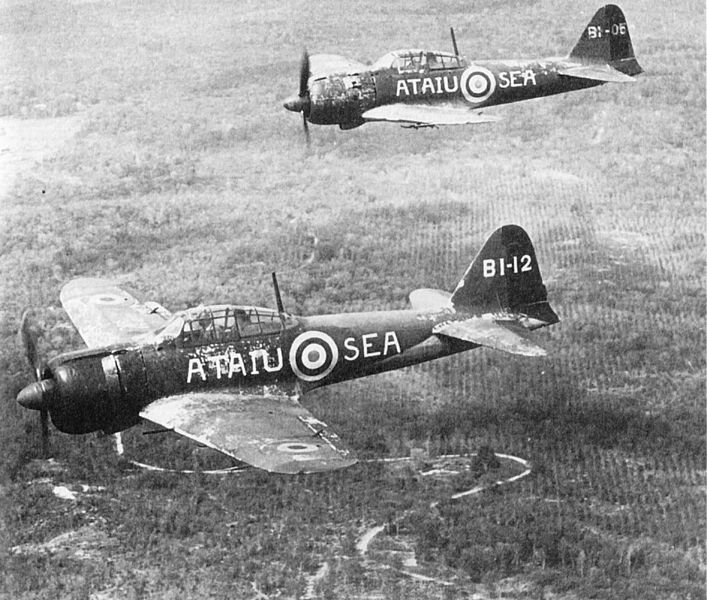Imperial Japan
A6M Mitsubishi Zero
The Mitsubishi A6M "Zero" was the most vital aircraft to the Japanese military during WWII. According to Britannica, it made use of a "1,130-horsepower engine to turn its three-blade constant-speed propeller." A powerful aircraft, it reached top speeds of 350 miles per hour (565 km/h) and could reach a height of "nearly 20,000 feet (6,100 m)." Furthermore, "it was armed with two 7.7-millimetre machine guns and two 20-millimetre cannons in its wings", and "could carry two 132-pound (59.9-kilogram) bombs under the wings," (Britannica). The Zero, nicknamed "Zeke" by the Allies, was the instrumental weapon in the Japanese attack of Pearl Harbor in December 1941. Its vast range, enabled by a large detachable fuel tank, and its high degree of maneuverability made it a formidable force in the skies of the Pacific theatre, even outperforming Allied aircraft during the early periods of the war.
